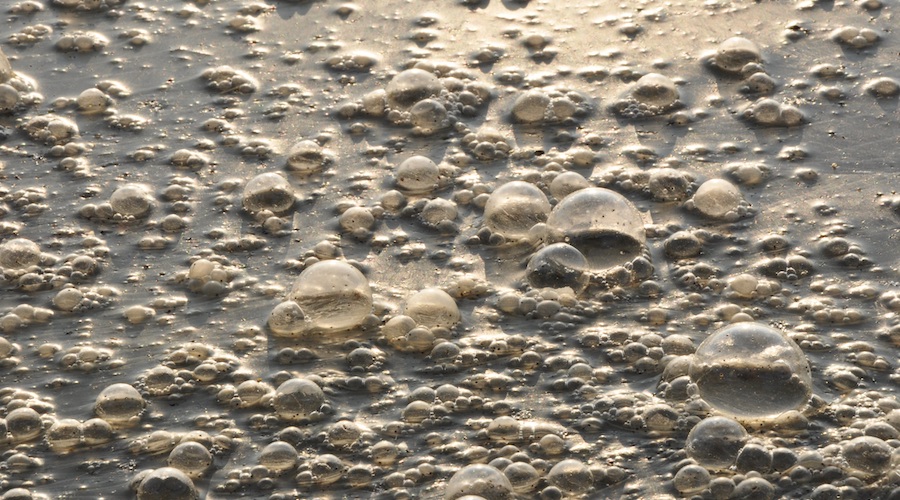Gold nanoclusters help remove toxic chemicals from wastewater

A scientific team at Flinders University has discovered a novel way to degrade and potentially remove toxic organic chemicals, including azo dyes, from wastewater, using a chemical photocatalysis process powered by ultraviolet light.
In a paper published in the journal Solar RRL, the researchers explain that the process involves creating metallic ‘clusters’ of just nine gold atoms chemically ‘anchored’ to titanium dioxide which, in turn, drives the reaction by converting the energy of absorbed UV light.
The gold nanocluster cocatalysts enhance the photocatalytic work of the titanium dioxide and reduce the time required to complete the reaction by a factor of six.
“These types of heterogeneous semiconductor-mediated photocatalysis systems provide a significant advantage over other advanced chemical processes,” Gunther Andersson, senior author of the study, said in a media statement. “It can facilitate the mineralization of a large range of organic pollutants, like azo dyes, into water and carbon dioxide molecules with a high degradation efficiency.”
Methyl orange
Andersson explained that a variety of physical, chemical and biological processes are currently used to remove carcinogenic and recalcitrant organic compounds from water. This is because chemical industries, including dye manufacture, and textile and cosmetics production, release toxic and non-biodegradable dyes into the environment.
Nearly half of the dyes used in the textile and dye industry are azo dyes. Methyl orange – one of the most common indicators used in analytical chemistry to determine pH – is among the widely used water-soluble azo dyes.
With this in mind, the researchers have also demonstrated the usefulness of the gold cluster cocatalyst and modified semiconductors for the synthesis of novel photocatalysis systems for the degradation of methyl orange.
In a second study, published in Applied Surface Science, they tested photocatalysis in a vortex fluidic device developed at Flinders University.
They wanted to address the issue of traditional treatment methods often not effectively removing dangerous contaminants from wastewater.
“The reason for this is that some chemicals, especially those with aromatic rings, are resistant to chemical, photochemical and biological degradation,” Anahita Motamedisade, lead author of the paper, said.
“In addition, they generate dangerous byproducts – by oxidizing, hydrolyzing, or undergoing other chemical reactions – of synthetic dyes containing wastewater, which are detectable wherever they are disposed of. We hope to build onto these more sustainable and thorough photocatalytic degradation processes to help completely remove the toxins and tackle this global problem.”
More News
Australia’s VHM scraps offtake deal with Shenghe Resources
January 11, 2026 | 04:08 pm
US to push for quicker action in reducing reliance on China for rare earths
January 11, 2026 | 09:07 am
{{ commodity.name }}
{{ post.title }}
{{ post.date }}






Comments